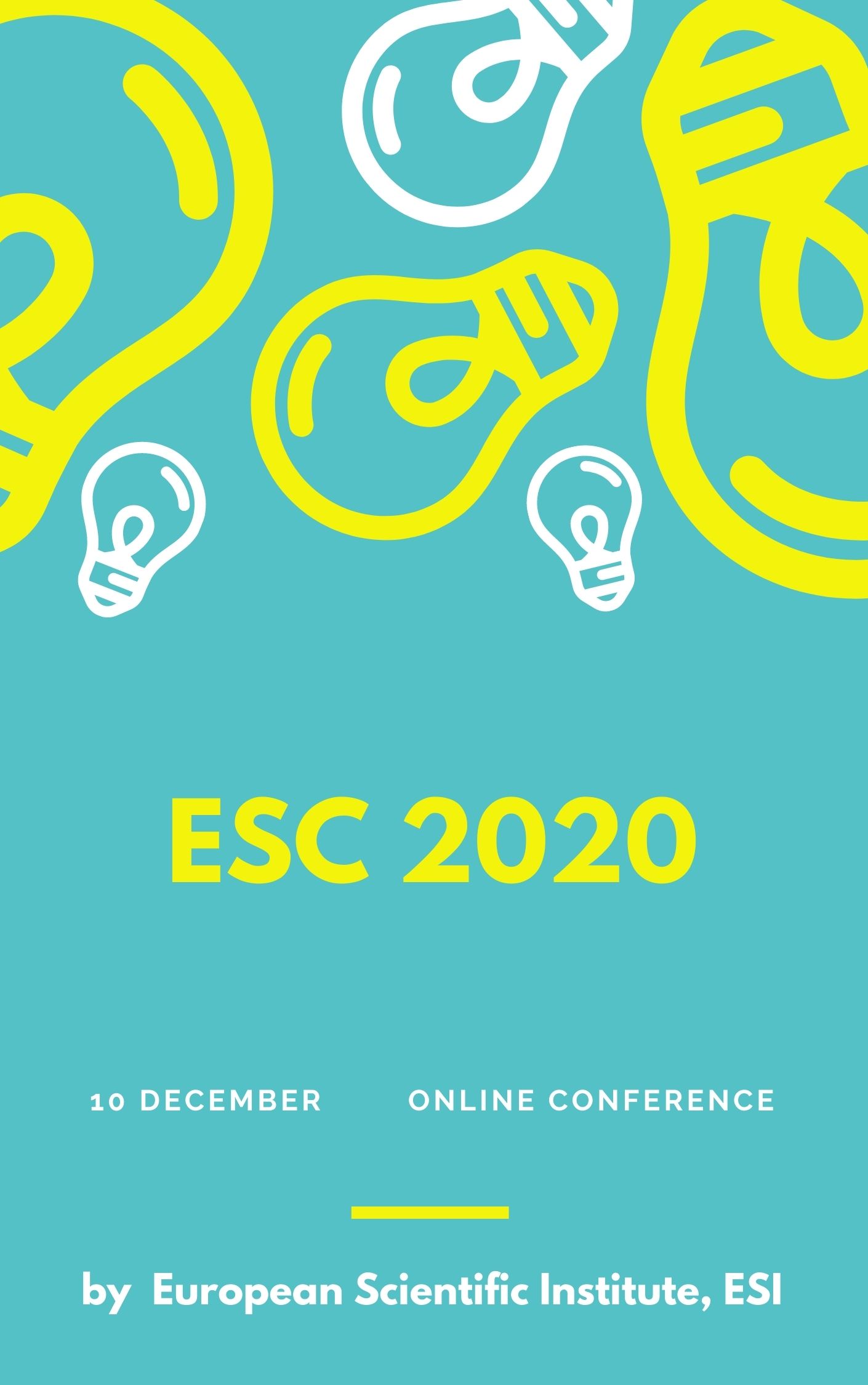Interaction in Emergency Remote Higher Education: A Case Study
Abstract
Emergency Remote Education (ERE) has provided an effective response to the education emergency created by the coronavirus outbreak. Teachers, lecturers and students have experimented with new teaching and learning strategies and digital tools, adjusting to the possibilities and the constraints of computer-mediated communication. This study investigates a case study to show how multimodal interaction, communication and engagement can be established during video lessons in English courses delivered in a university environment. Data collected through the participant observation of a 2-hour- online class will be analysed combining classroom discourse and multimodal analysis to investigate synchronous interaction and the different modes of meaning-making emerging during emergency remote teaching and learning. The goal of the present study is twofold: on the one hand, it aims to contribute to the discussion of the short-term and mediumterm impact of wisdom gained during ERE on academic teaching in terms of interaction and multimodality. On the other hand, it sheds light on challenges and best practices revealed during ERE classes, which at the same time could contribute to improve lecturers’ interactional competence in terms of ways of interacting and meaning-making in an instructional context.
Downloads
Metrics
Copyright (c) 2021 Antonella Giacosa

This work is licensed under a Creative Commons Attribution-NonCommercial-NoDerivatives 4.0 International License.








